By Dr. Ryan D. Long
Silvercorp Metals Inc. (TSX: SVM | NYSE: SVM) invited a group of analysts to an informational call on the geology of the Ying Mining District, China, where the company operates a number of mines and recently began pouring gold doré for the first time (Figure 1). This article and video contain a summary of the things I learned from that call.
Figure 1 – Gold Dore Poured from the Ying Mining District, China
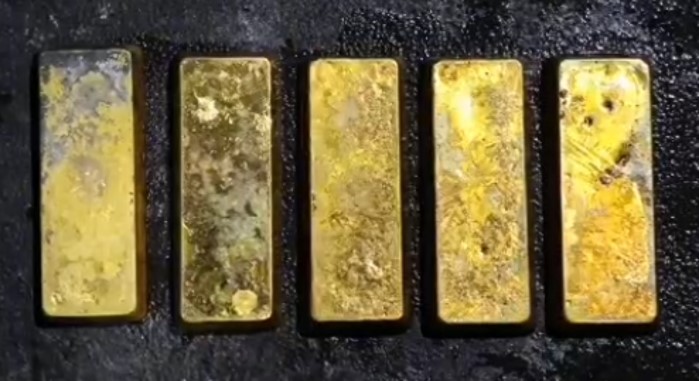
Source: Silvercorp
Over the past three years, Silvercorp has been exploring for gold alongside producing, and exploring for, silver. Since commencing production at Ying way back in 2006, the company has received assay results from areas that were unusually rich in gold and also produced gold as a by-product.
But it was not until 2020, that the full potential for gold mineralization began to be recognized, when the company discovered a series of gently-dipping quartz-ankerite-sulphide shear zones, which were crosscut and overprinted by the sub-vertical silver-lead-zinc veins. Sampling of these zones returned high-gold and copper grades and created a new exploration paradigm for the company.
Since this discovery, Silvercorp has increased its exploration activity and has been actively exploring for gold mineralization with a series of exciting drill results, including these results from the LMW Mine:
W Zone:
- 1.11 meters at grades 18.0 grams per tonne (“g/t”) gold (“Au”), 32 g/t silver (“Ag”), and 8.38% copper (“Cu”) - ZKX1009
Veins LM50 and LM26:
- 1.26 meters at grades of 10.79 g/t Au, 272 g/t Ag, 1.55% Pb, 0.19% zinc (“Zn”) and 0.10% -ZKX0597
- 0.59 meters at grades of 22.79 g/t Au, 31 g/t Ag and 0.13% Pb - ZKX0598
- 1.24 meters at grades of 28.9 g/t Au and 12 g/t Ag - ZKX3822
These veins have also begun to be uncovered along different levels of the LMW Mine, revealing two dominant types of gold-bearing veins. The first type are laterally and vertically extensive, north dipping, quartz sulphide veins that appear to have developed along low angle compression-related fault planes and are associated with strong chalcopyrite mineralization (Figure 2).
Figure 2: Photo of a Quartz-Chalcopyrite-Gold Vien
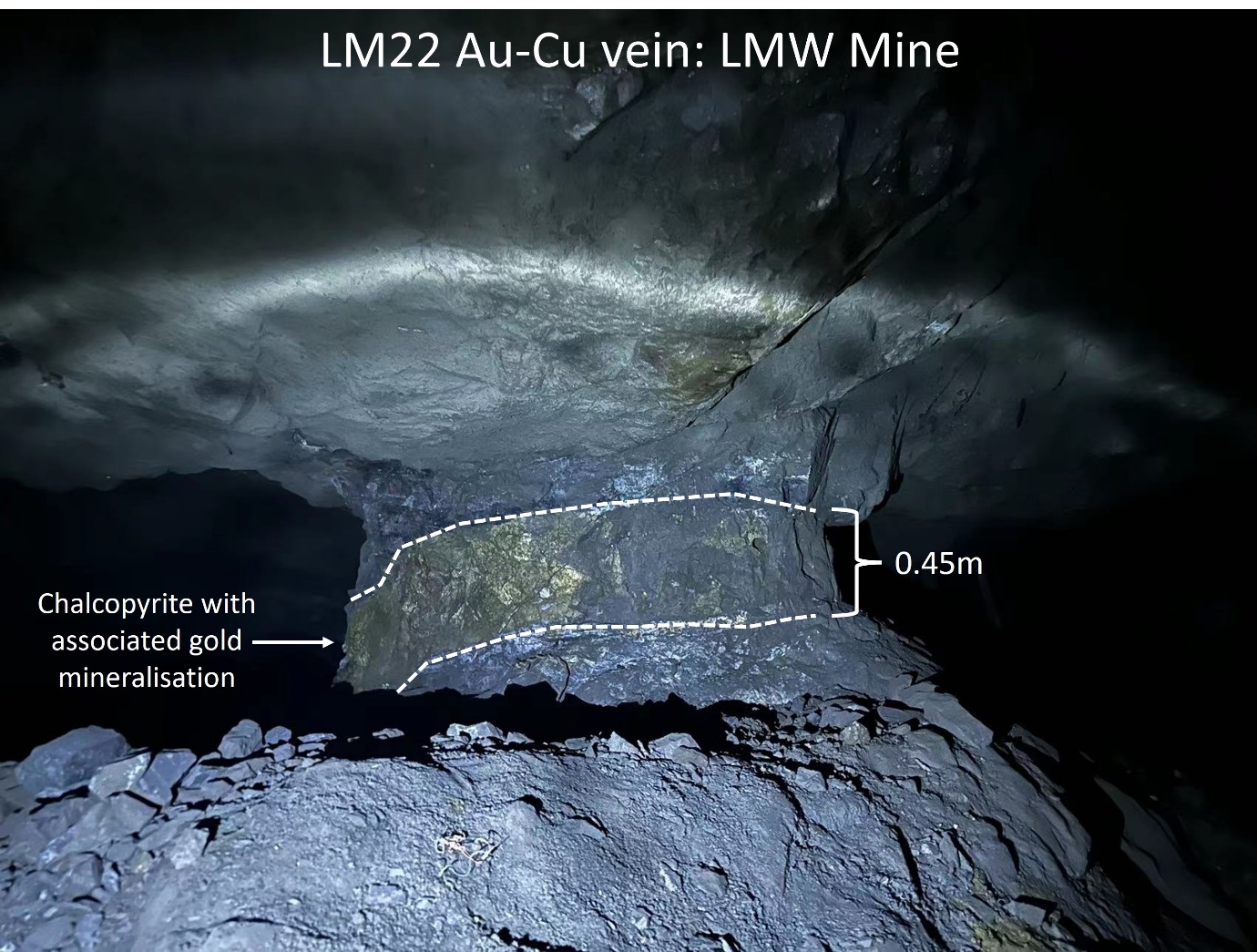
Source: Silvercorp
The second type of veins are associated with shear structures, containing prominent alteration of the host gneiss. These south dipping structures contain a series of thin bedding parallel quartz veins with fine disseminated pyrite (Figure 3).
Figure 3: Photo of a Quartz-Pyrite-Gold Viens
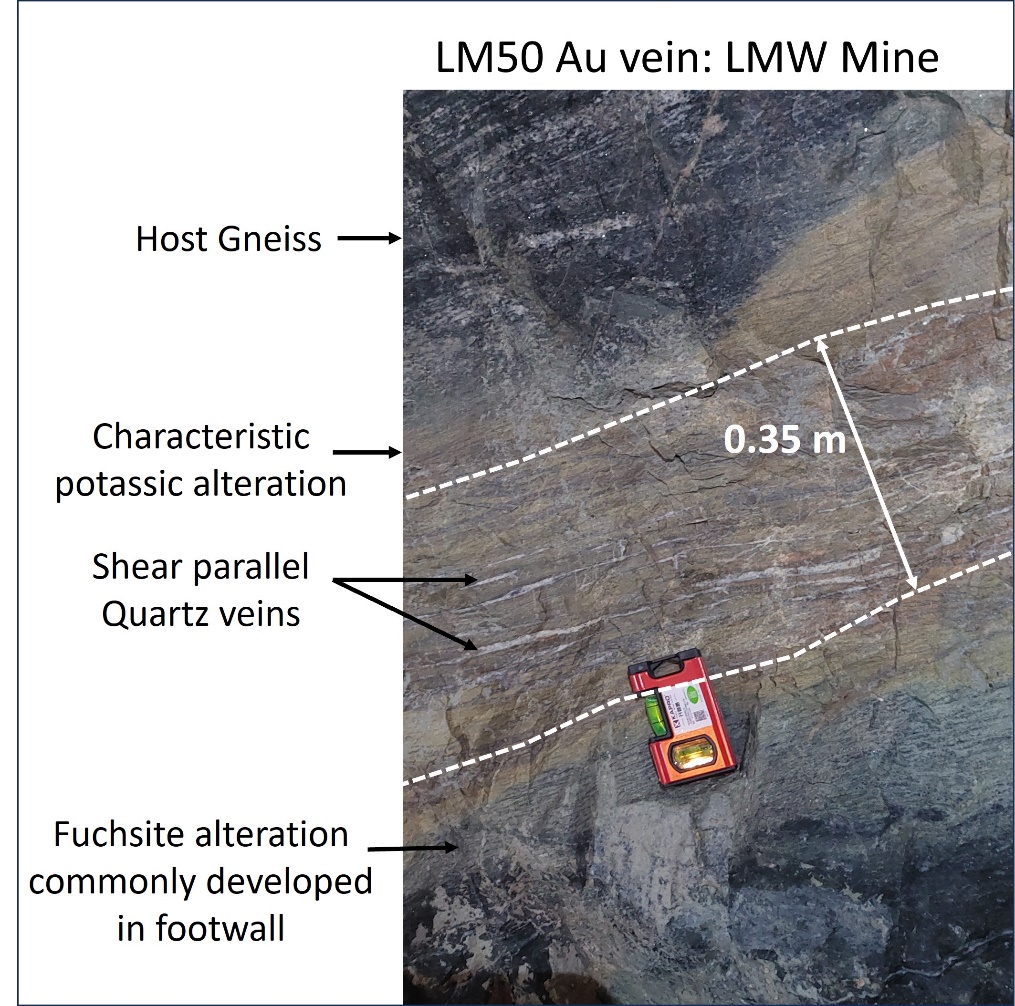
Source: Silvercorp
Silvercorp has just commenced gold mining activities that are focused on the LM50 Vein, given its high gold grade and proximity to existing mine development (Figure 4), but the extensive data set gives the company numerous targets for further gold production. Exploration activities are testing the lateral and horizontal extension potential of these gold-bearing veins, where gold mineralization has already been intermittently intersected, shown as brown ellipses in Figure 4.
Figure 4: Gold Veins and Exploration Targets at LMW Mine
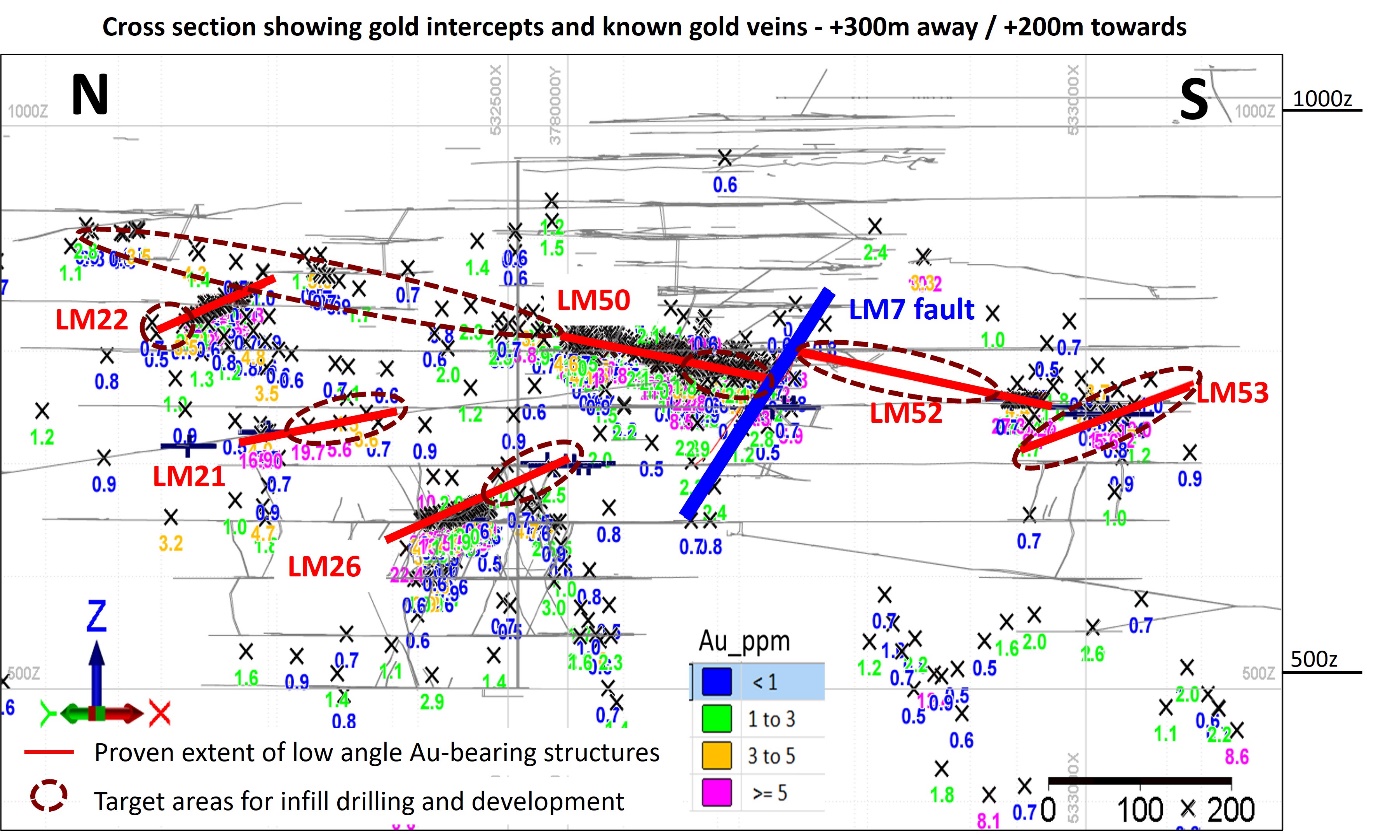
Source: Silvercorp
The potential for gold mineralization is further highlighted by the wider regional geology. The Ying Mining District is located within the Qinling Orogenic Belt, a 1,200km long area of intense tectonic activity caused by the collision of the North and South China Cratons during the Early Mesozoic. The Qinling Orogenic Belt is well known for its gold endowment, containing more gold deposits than silver deposits (Figure 5).
Figure 5: A Map Showing a Section of the Qinling Orogenic Belt with Deposit Types
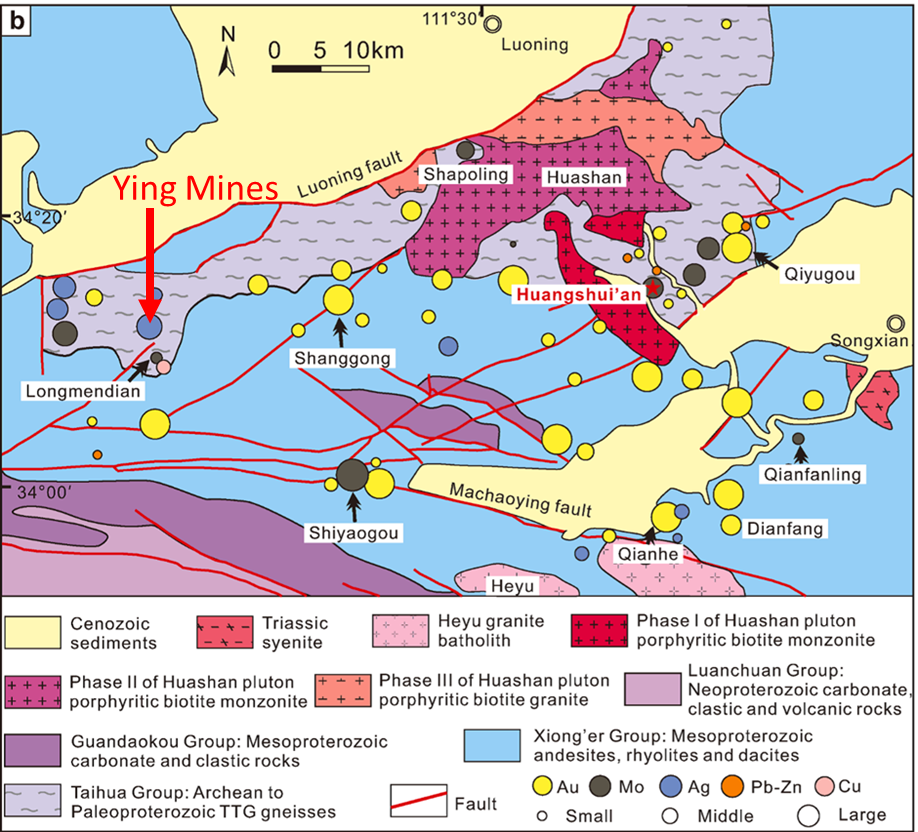
Source: https://www.sciencedirect.com/science/article/pii/S016913682200097X
As Silvercorp began to understand the potential for gold mineralization within the Ying Mining District, it looked to enhance its gold processing capabilities by further upgrading and optimizing its milling facility, including the addition of a new Knelson gold gravity separation circuit.
Silvercorp has increased its gold production by 105% during its last quarter and plans to continue to increase in its gold production into 2024.
As Silvercorp wraps up its exploration in 2023, it is gearing up to release a NI 43-101 report in the first half of 2024. We look forward to reviewing updated mineral resources and reserves estimate, as well as additional details on the growth in gold production.
For more information about Silvercorp’s projects, please visit www.silvercorpmetals.com/welcome
Disclaimer
This newsletter has been published by Mining and Metals Research Corporation (“the Company”). The information used to compile the article has been collected from publicly available sources and the Company cannot guarantee the 100% accuracy of those sources. This communication is intended for information purposes only and does not constitute an offer, recommendation, solicitation, to make any investments. Nothing in this communication constitutes investment, legal accounting or tax advice, a personal recommendation for any specific investor. The Company do not accept liability for loss arising from the use of this communication. This communication is not directed to any person in any jurisdiction where, by reason of that person's nationality, residence or otherwise, such communications are prohibited. The Company may derive fees from the production of this newsletter.

